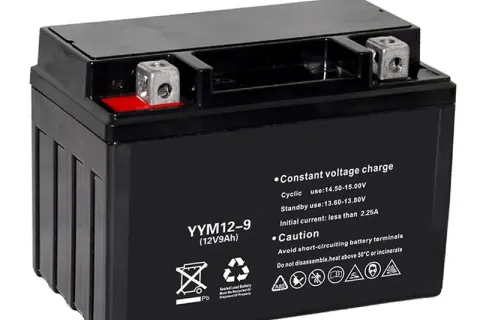
- Home
- >
- News
- >
- Industry News
- >
News
The core value of lead-acid batteries lies not only in their continued use as a mature product but also in the profound technical principles, engineering expertise, and deep understanding of energy storage system needs accumulated during their development
If you've ever wondered why your device flickers or why a simple swap doesn't fix it, series connection might be the key you're missing. We'll break it down here so you can spot when to use it and how to do it right
Power batteries deliver quick bursts of energy, like accelerating in a car. Energy storage batteries hold onto power for longer stretches, smoothing out your electricity bill or keeping the lights on during outages
Lithium battery electrolytes play multiple critical roles within the battery system. They not only facilitate ion conduction to enable charging and discharging but also contribute to performance stability, corrosion prevention on electrodes, heat dissipation, temperature management, enhanced energy and power density, high voltage and specific energy provision, safety protection, and adaptability to a wide temperature range
With a long history, lead-acid batteries have refined technology, mature production, and robust quality control, ensuring verified performance and stability. They offer low failure rates, reliably supporting UPS, emergency systems, and vehicle starters
Since French scientist Gaston Planté invented the lead-acid battery in 1859, it has been widely used in transportation, communications, power, railways, mining, ports, defense, computers, and scientific research due to its high safety, low cost, and excellent recyclability
The global energy storage battery market is expanding at an astonishing pace, serving as a core pillar for the energy transition.
Understanding core technical parameters is critical when selecting lead-acid batteries (especially gel or lead-carbon types). This guide breaks down rated voltage, max charge/discharge currents, depth of discharge (DOD), cycle life, and power calculations to help you optimize battery lifespan and system design.
If battery overheating is caused by excessive discharge current, there may be the following reasons
Today, battery technology in portable electronic devices includes various aspects such as power detection algorithms, battery charging algorithms, and battery charging techniques. Rechargeable batteries come in several types, including nickel-cadmium, nickel-metal hydride, lithium-ion, and lithium polymer batteries. While each of these battery types has its characteristics, lithium-ion and lithium polymer batteries have become the ideal choice for small, long-running devices like laptops and hard-disk-based portable media players (PMPs) due to their energy density and safety features. For engineers working with portable electronics, it is crucial to correctly select and apply battery technology, and this article will discuss and analyze these aspects with practical examples.












